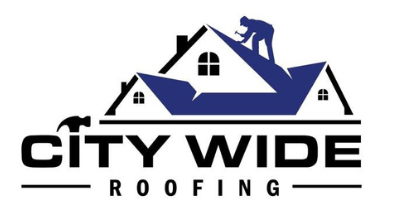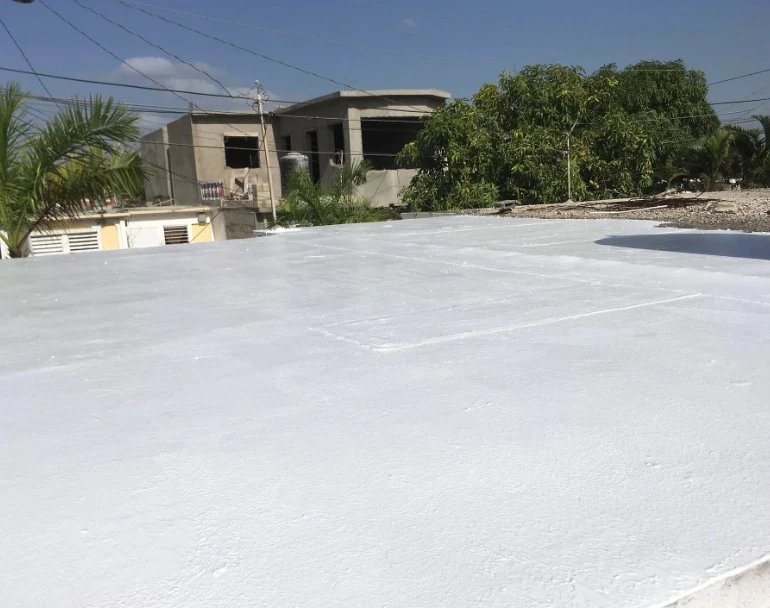As the world grapples with the escalating impacts of climate change, a revolution is unfolding in the realm of architectural design and construction.
The advent of cool roofs presents an innovative solution to combat rising global temperatures and reduce energy consumption. This transformative technology harnesses simple principles of science to reflect solar radiation, thus mitigating heat absorption and providing a sustainable path forward for urban development.
Diving deeper into this paradigm shift, it becomes imperative to understand not only the scientific principles underpinning these cool roofs but also their benefits and implementation strategies.
A comprehensive exploration into this subject reveals how cool roofs can contribute significantly towards creating energy-efficient cities while promoting healthier living conditions.
With its potential to redefine conventional building practices, the cool roof revolution forms an integral part of future urban landscapes, fostering a sense of collective responsibility towards our planet’s sustainability.
Understanding the Science of Cool Roofs
The science behind cool roofs lies in the principles of solar reflectance and thermal emittance, two key factors that significantly influence a structure’s heat absorption and dissipation capabilities.
Solar reflectance is the measure of a material’s ability to reflect sunlight away from its surface, including visible, infrared, and ultraviolet waves. Specific roofing materials with higher solar reflectance reduce the amount of heat absorbed by the roof, thereby lowering indoor temperatures during periods of intense solar exposure.
Thermal emittance, on the other hand, represents a material’s efficiency in radiating absorbed heat back into the atmosphere instead of transferring it downward into a building.
Continuous advancements in roofing technology have led to an increase in high-reflectivity and high-emissivity roofing products that are effective at reflecting more sunlight and emitting more absorbed heat than traditional roofing materials. The development and use of such vital technologies contribute to what is now known as ‘the cool roof revolution.’
These cool roofs help maintain cooler indoor temperatures without over-reliance on air conditioning systems, thus playing an integral role in creating energy-efficient buildings while reducing greenhouse gas emissions.
As members of today’s conscious society continue striving for sustainable alternatives that foster environmental wellbeing without sacrificing comfort or style; embracing these scientific principles embodied by cool roofs becomes not just a practical choice but also one deeply rooted in communal responsibility towards global sustainability efforts.
The Benefits and Implementation of Cool Roofs
Implementing reflective surfaces on building tops offers numerous advantages, such as decreased energy consumption and improved urban heat island mitigation.
The application of cool roofs can lead to a reduced need for air conditioning, particularly during peak summer months, thus resulting in significant energy savings.
Moreover, by deflecting a larger portion of the sun’s heat back into the atmosphere rather than absorbing it, these roofs contribute to lowering the local ambient temperature.
This phenomenon is instrumental in mitigating the urban heat island effect which often plagues densely populated regions with excessive concrete and asphalt surfaces that absorb and retain heat.
Additionally, cool roofs potentially extend the lifespan of roof systems due to decreased thermal stress and degradation from ultraviolet (UV) radiation exposure.
They also enhance thermal comfort within buildings that lack adequate insulation or air conditioning facilities.
More importantly perhaps is their contribution towards environmental sustainability – by aiding in reducing greenhouse gas emissions linked to energy production and consumption.
Furthermore, at a communal level, implementing cool roofing techniques can foster an inclusive sense of collective responsibility towards climate change mitigation efforts among building owners, tenants and community members alike – thereby satisfying an underlying desire for belonging while simultaneously addressing critical global concerns.


